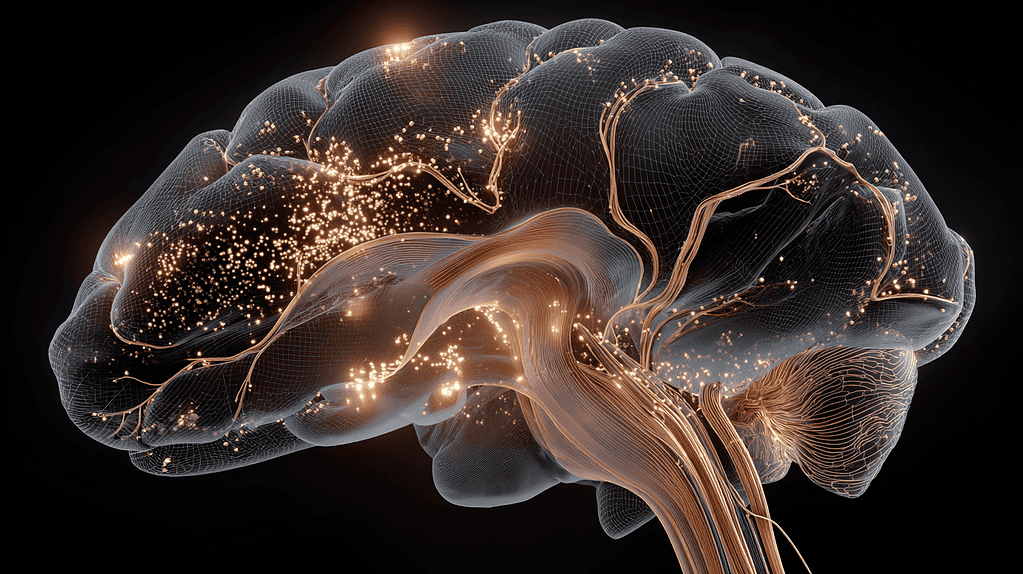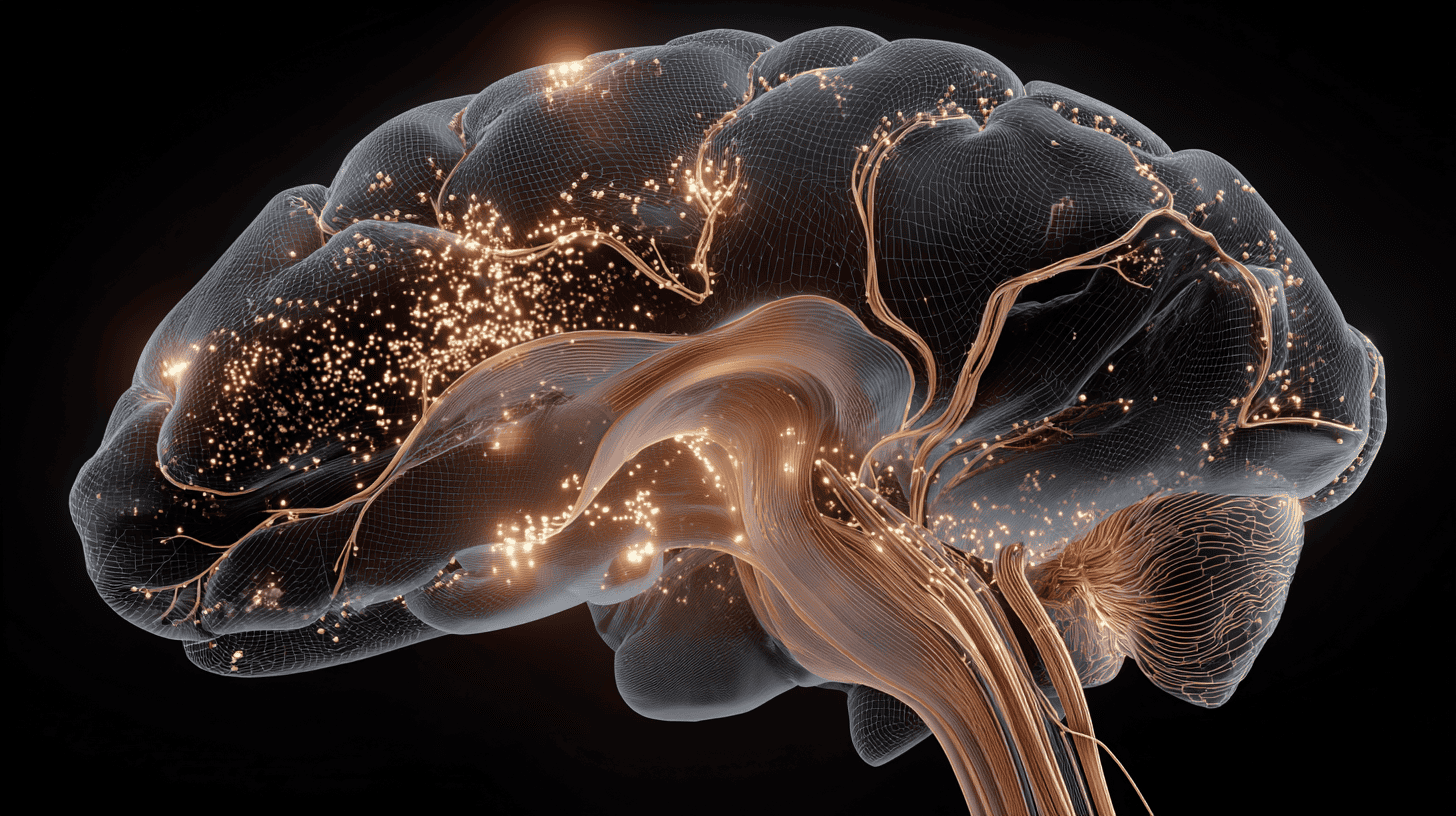A team of neuroscientists in Australia has found that restoring copper levels in the brain dramatically reduced Parkinson-like damage in mice. The approach restored a protein’s function, and the same approach could potentially work for humans.

Parkinson’s disease affects over 10 million people worldwide, and there’s currently no cure for it. It’s a progressive neurological disorder caused by the gradual loss of dopamine-producing neurons in a region of the brain (called the substantia nigra). Dopamine isn’t just the “pleasure hormone,” it also plays a role in coordination and muscle movement. If Parkinson’s progresses, it can cause tremors, stiffness, and difficulty with balance and walking. However, researchers are working on treatments to manage symptoms.
In this study, the researchers focused on a protein called SOD1, which is short for superoxide dismutase 1. SOD1 is like a molecular janitor, cleaning up harmful oxygen molecules in cells. But if it doesn’t have enough copper, it can twist into a toxic form that keeps building up in the brain tissue, specifically in the substantia nigra. If this happens, it kills off dopamine-producing neurons, a hallmark of Parkinson’s.
Professor Kay Double, from the University of Sydney, has spent over a decade studying Parkinson’s and its mechanisms. In 2017, he started to suspect a connection between SOD1 and the disease. He also observed that the damage isn’t caused by a mutation. Even “normal” SOD1 can go rogue sometimes, which fits with what we know about Parkinson’s, which is thought to be caused by a mix off genetic and environmental factors.
In the new study, Double and colleagues put their theory to the test and attempted to treat Parkinson’s (in mice) by dealing with SOD1.
How the treatment works
The University of Sydney researchers created a mouse model that mimics this copper-deficient brain environment. These “SOCK” mice, as they dubbed them, were engineered to both overproduce human SOD1 and have reduced ability to import copper into neurons. By six weeks of age, their brains already showed buildup of misfolded SOD1, especially in the substantia nigra, followed by loss of dopamine neurons and movement problems that mirror human Parkinson’s.
Then came the intervention.
The team treated these mice with a drug designed to ferry copper across the blood-brain barrier (called CuATSM). The results were remarkable: the treatment reduced toxic SOD1 clumps by over fourfold, preserved neurons, and improved motor function. Even more strikingly, the copper therapy didn’t just stop the damage: it reversed some of the molecular fingerprints that marked SOD1 as misbehaving in the first place.
“All the mice we treated saw a dramatic improvement in their motor skills which is a really promising sign it could be effective in treating people who have Parkinson disease too,” says professor Double.
“We hoped that by treating this malfunctioning protein, we might be able to improve the Parkinson-like symptoms in the mice we were treating — but even we were astonished by the success of the intervention.”
A new way to deal with Parkinson’s?
What makes this discovery even more interesting is that it challenges conventional wisdom. For decades, Parkinson’s research has largely focused on alpha-synuclein, another misfolded protein thought to drive disease progression. But treatments targeting alpha-synuclein have usually failed in clinical trials. The new findings point to SOD1 as an overlooked villain, and a potentially treatable one.
Another surprising discovery was the role of astrocytes. Astrocytes are star-shaped, multifunctional cells in the brain. While most research focuses on neurons, this study showed that astrocytes hoarded a disproportionate share of the misfolded SOD1, and that CuATSM cleared it from these cells too. That hints at a wider ecosystem of dysfunction in the Parkinsonian brain, one that copper therapy might help restore.
Of course, no one’s suggesting Parkinson’s patients start popping copper pills. The brain is picky about its metals, and too much copper can be toxic. But a drug based on this approach could offer a new way to slow a disease once thought unstoppable.
The study is still a long way from proving that CuATSM can treat Parkinson’s in humans. Mouse studies often don’t translate to humans. But the drug is already being tested for ALS, which could fast-track its path to clinical trials for Parkinson’s.
And the implications reach further. If copper mismanagement is involved in common neurodegenerative diseases, correcting it could become a powerful new frontier in brain medicine, akin to replenishing insulin in diabetes or iron in anemia.
The study Copper supplementation mitigates Parkinson-like wild-type SOD1 pathology and nigrostriatal degeneration in a novel mouse model was published in Acta Neuropathologica Communications, 2025; 13 (1) DOI: 10.1186/s40478-025-02048-2
Get the source article here



